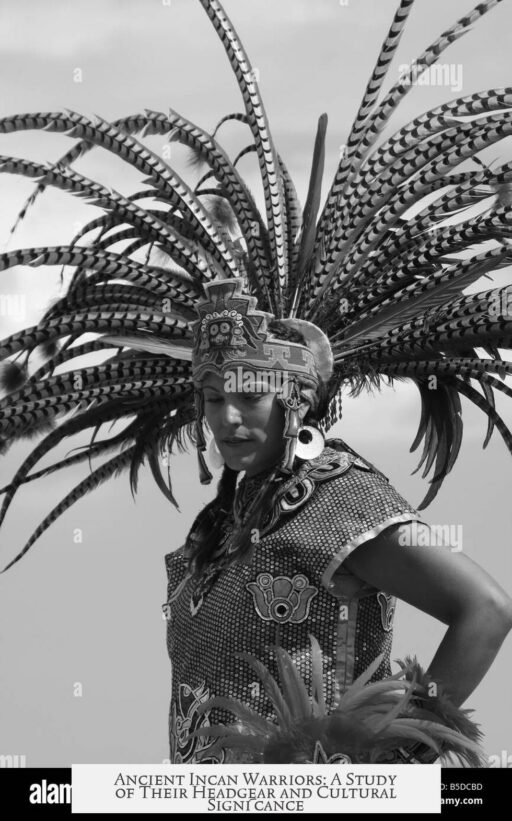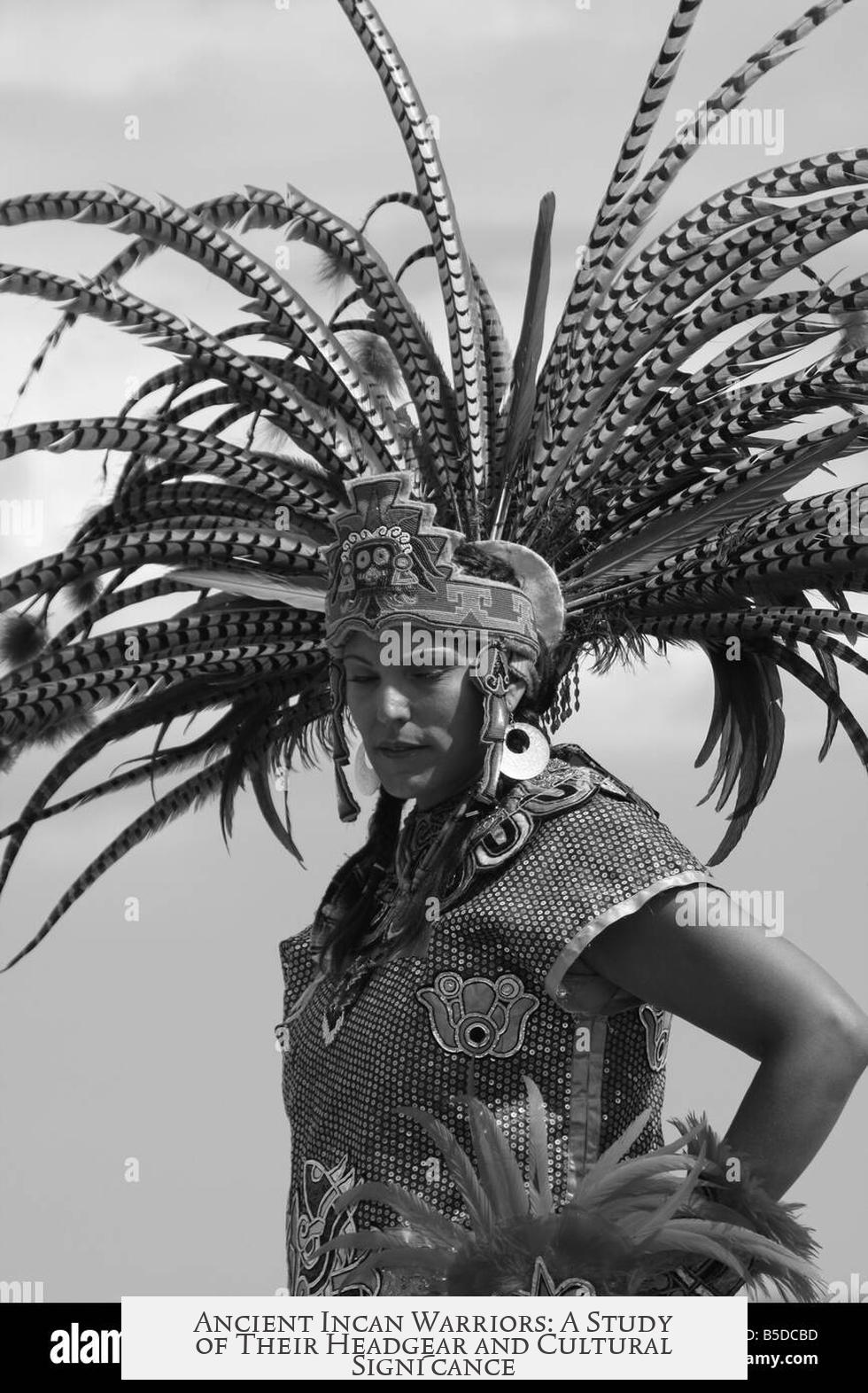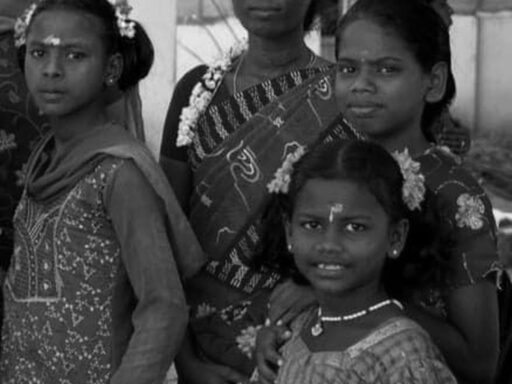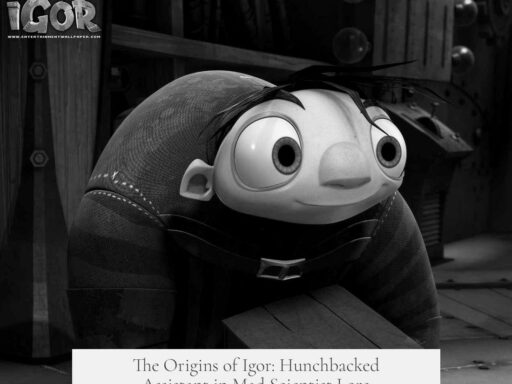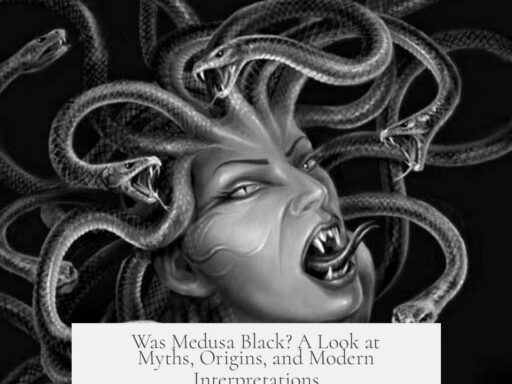Ancient Incan warriors wore headgear that closely resembled depictions found in Spanish drawings and accounts from the colonial period. These helmets or head coverings were typically made from similar basic construction, although the elaborateness varied depending on social rank. Kings, or Sapa Incas, wore more ornate versions, while ordinary soldiers wore simpler but comparable helmets designed for combat utility.
Felipe Guaman Poma de Ayala, a native chronicler born in 1535, provides one of the most valuable firsthand visual records of Incan headgear in his illustrated work, Nueva Cronica and Buen Gobierno. His images, although sometimes stylized, show headgear worn by royalty and military officials. These are consistent with Spanish colonial drawings, affirming their reliability as historical sources.
Military leaders and foot soldiers shared similar headgear styles. Some artworks portray officials carrying weapons or instruments, like spears and shell trumpets, wearing helmets alike to those worn by captured rival Incas. This suggests a standardization of military headgear, showing practicality over individual flair.
The Inca homeland did not have a strong tradition of depicting human figures in their art, limiting direct archaeological visual evidence of their headgear. This gap is partly bridged by examining predecessors like the Moche culture on the northern coast. The Moche produced detailed pottery images of warriors wearing helmets with comparable structure, indicating a longstanding Andean tradition of such headwear.
| Aspect | Details |
|---|---|
| Material & Construction | Simple but sturdy, often textile or metal base with adornments for higher ranks |
| Social Distinction | Kings wore ornate headgear; soldiers had less decorated but similar helmets |
| Historical Sources | Spanish colonial drawings, Guaman Poma’s chronicles, and Moche pottery |
| Artistic Limitations | Limited indigenous figure depictions restrict visual confirmation |
- Incan warrior headgear matched colonial Spanish illustrations and native chronicler images.
- Elite leaders wore ornate helmets; regular warriors used simpler but related designs.
- Moche culture offers earlier visual precedent with detailed depictions of headgear.
- Primary records come from Felipe Guaman Poma de Ayala’s 16th-century illustrated texts.
- Limited indigenous art depicting people challenges direct archaeological verification.
What Kind of Headgear Did Ancient Incan Warriors Really Wear?
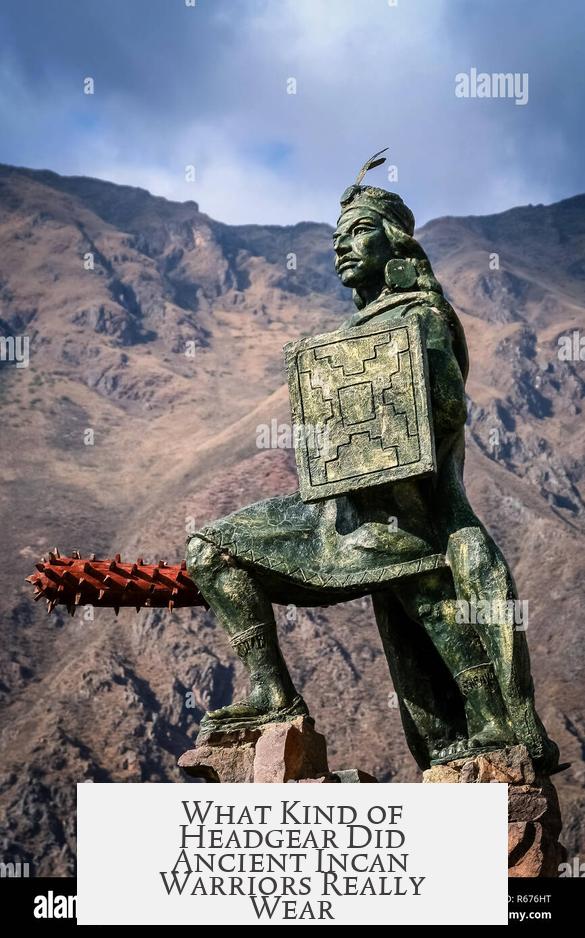
Ancient Incan warriors wore headgear that combined practicality with social signaling — simple in construction but elaborate depending on rank and status. The common image of extravagant feathered helmets or metallic crowns isn’t wildly far from the truth, but understanding the nuances reveals a rich story behind each piece of headgear.
Let’s unpack what these warriors really wore on their heads, moving beyond Hollywood fantasies to historical facts grounded in indigenous art, Spanish chronicles, and archaeological insights.
The Visual Record: Spanish Drawings and Felipe Guaman Poma de Ayala
Most of what we *see* about Incan headgear comes from drawings by Felipe Guaman Poma de Ayala, a Native nobleman born in 1535. His work, Nueva Cronica and Buen Gobierno, is a treasure trove of depictions of Inca life, including military dress.
Though Poma’s illustrations sometimes skew toward stylization or appear cartoony, they provide groundwork for understanding headgear forms. These are not fanciful guesses but informed depictions made by someone with a foot firmly in both Inca and Spanish worlds. His illustrations align well with Spanish contemporary drawings, lending them credibility.
The headgear shown on Poma’s pages and Spanish images often features a conical or rounded shape, sometimes adorned with feathers, textiles, or symbolic emblems specific to rulers or elite warriors. This validation is critical because native artistic traditions didn’t often focus on human figures, so external depictions fill gaps.
Headgear as a Status Symbol: Kings vs. Foot Soldiers
Here’s a key point: not all headgear was born equal. The royal headgear worn by Sapa Incas (the emperors) was notably fancier, adorned with bright feathers, delicate weaving, and gold ornaments. But, structurally, they shared several base elements with more modest helmets worn by common soldiers.
The fancy headpieces symbolized supreme authority and divine right. Meanwhile, average warriors had simpler versions optimized for combat utility. Both styles leveraged local materials like cotton, llama wool, and feathers, reflecting resourcefulness.
This stratification is somewhat like today’s military dress uniforms versus combat helmets—one’s for show, the other to save your neck.
Military Officials and Captured Rivals: Similar Headgear Across the Board
Interestingly, military officials donning spears or shell trumpets wore similar headgear to captured elite rivals. This hints the Inca military adopted common design elements to create unity or convey status among various ranks.
Imagine a battlefield where hats do more than look good—they declare rank, reveal allegiance, and intimidate foes, all without a single word spoken.
The Moche Influence: A Cultural Precedent
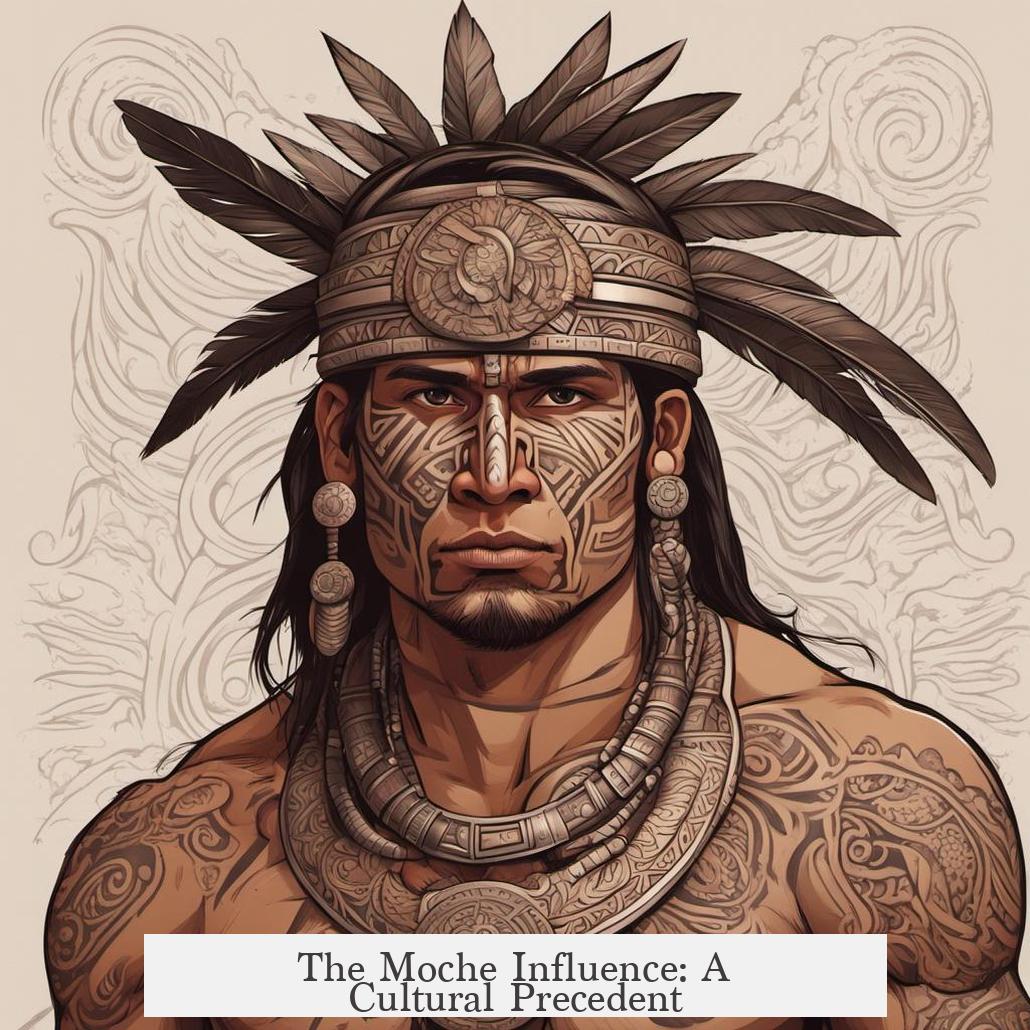
The elaborate forms of headgear are not uniquely Incan inventions. The earlier Moche culture from the northern coast left detailed painted vessels showing warriors wearing similar helmets.
The Moche influence suggests that the practice of ornate, functional headgear was deeply rooted in Andean cultures pre-dating the Inca. This continuity across centuries enriches the story of Incan warriors by giving us a timeline of headgear evolution.
A Practical Look: What Materials and Design Choices Shaped Incan War Helmets?
The practical reality is: Incan helmets needed to be lightweight but protective. Feathers added prestige but not bulk. Woven textiles provided cushioning and warmth. Gold and other metals decorated high-ranking helmets, but using heavy metals was likely minimal during combat.
Military success depended on mobility and protection. Thus, helmets balanced symbolism and pragmatism effectively.
Limitations in Artistic Evidence: Why We Rely on Spanish and Indigenous Chroniclers
The Inca’s oral traditions and the scarcity of human depictions in native art challenge historians. Consequently, Spanish documents and the works of natives like Poma de Ayala are our best windows.
Hoping for detailed visual guides from Inca artisans is like waiting for a cave painting of your favorite movie hero—rare and unlikely.
Putting It All Together: What Did Incan Warriors Really Wear?
So, what’s the bottom line? The headgear:
- Varied by rank but shared similar base construction across classes.
- Included feathers, colorful woven fabrics, and metal decorations, especially for royalty.
- Followed a tradition with roots in earlier Andean cultures like the Moche.
- Combined utility and status symbolism—a blend of function and pride.
- Is best understood through Spanish and native chronicles rather than scarce Incan art itself.
Next time you see an Incan warrior’s helmet in a museum or a movie, remember it’s far from a simple hat. It’s a layered tale of power, culture, and survival stitched into every feather and fiber.
Curious for More?
Are you curious about how Andean headgear compared with other ancient civilizations’ military helmets? Or want practical advice on crafting your own historically inspired headwear? The blend of archaeology, art history, and anthropology opens countless fascinating angles.
Remember, the ancient Incan headgear worn by warriors was no mere accessory; it was a vital element of identity and military effectiveness, reflecting centuries of culture and adaptation.
